Where My Ideas Come From, the Sunday Muse.
In my work leading up to a residency in Newfoundland, I have been operating from my office instead of my studio this week. While it’s the ‘less fun’ place to work, it is just as integral to my art career. I have invoices to create, inventory to manage, a website to keep current, and, of course, the task of writing this blog and keeping up with my Sunday Muse.
I’ve been putting a bit more effort into it this year than I usually do. It has proven to be a great source for connecting with new collectors and offering a peek behind the curtain. On Sundays this year, I have been sharing my ‘Sunday Muse’ with my Facebook family. It opens a door to my thoughts and where my ideas begin brewing, eventually becoming finished artworks. I like to write in short bouts; it adds another dimension to the work. I’ve never been good at speaking my mind as my thoughts often wander when asked to speak at length. I’ve always communicated better through images while I paint and on the page as I write. I know there is a book in me somewhere, and I am getting much closer to making this happen.
With Newfoundland on my mind, I’ve developed a loose schedule and working structure for my month on the east coast. While I am there to absorb the local culture and natural wonders, and it will be a time led by intuition and creating in the moment, the loose structure of my days helps ease the transition from my home studio to a studio in a new location. I want to get the most out of my time, and a loose structure and plan help me ensure this will happen.
I’ve been listening to a lot of Neil Young this week while I get lost in paperwork and updates around the web. Coldplay was my live playlist last week as we took in the Coldplay Music of the Spheres world tour at BC Place in Vancouver. The concert was not really a concert but an experience. It transcended a mere venue presentation of musical artists; it was an uplifting love fest filled with lighted bracelets and the movement of lighted wrists to music. I wasn’t seeing Chris Martin and his band on stage; I was seeing color and light and movement. It was an experience of the highest power, and as I sit here in my Spinalis chair that moves with my spine, I am swaying to another Brit of great wonder and grandeur, David Bowie. “I will be King,, and you will be Queen, though nothing will drive them away, we can beat them, just for one day. We can be heroes, just for one day.” And we were heroes that day at Coldplay.
In fact, if I reflect on the moment when I began contemplating what to write in this post, the term ‘Generation X’ is on my mind. There’s been a surge of memes circulating on the internet lately. You’ve probably come across them; they often feature a photo of Judd Nelson from the Breakfast Club with captions like ‘Gen X, the only generation that became 30 at age 10, and still is 30 at 50.’ As a proud Gen X’er, I can relate; it never fails to bring a laugh and a smile because it resonates with my truth. I’ve been labeled an old soul. I didn’t enjoy being around screaming children when I was a child, and I still don’t. However, I’ll happily whoop and throw my fist forward at a concert—go figure. With no children of my own, I’m essentially a big child who plays in my studio and communicates with the world through my paintings. Remember that quote by Picasso? “The problem is how to remain an artist once we grow up,” and I still haven’t. I find more joy around children now than I did when I was one.
Returning to ‘Gen X’—many of us are likely unaware of the origin of this term in contemporary usage. ‘Generation X’ has been employed at various times to describe alienated youth, dating as far back as the 1950s post-WWII era. It firmly embedded itself in contemporary culture after Vancouver artist—and one of my favorites—Douglas Coupland, published the novel ‘Generation X: Tales for an Accelerated Culture’ back in 1991.
The trajectory of my thoughts leads me to the significance of music in my work. As I contemplate where the music of Newfoundland will take me while I paint in my studio at the Pouch Cove Foundation, only time will tell. I am ready to soar. Come, float along with me on this journey as I create paintings, prose, videos, and capture images on my Nikon D810. The muse is in motion, and so am I.

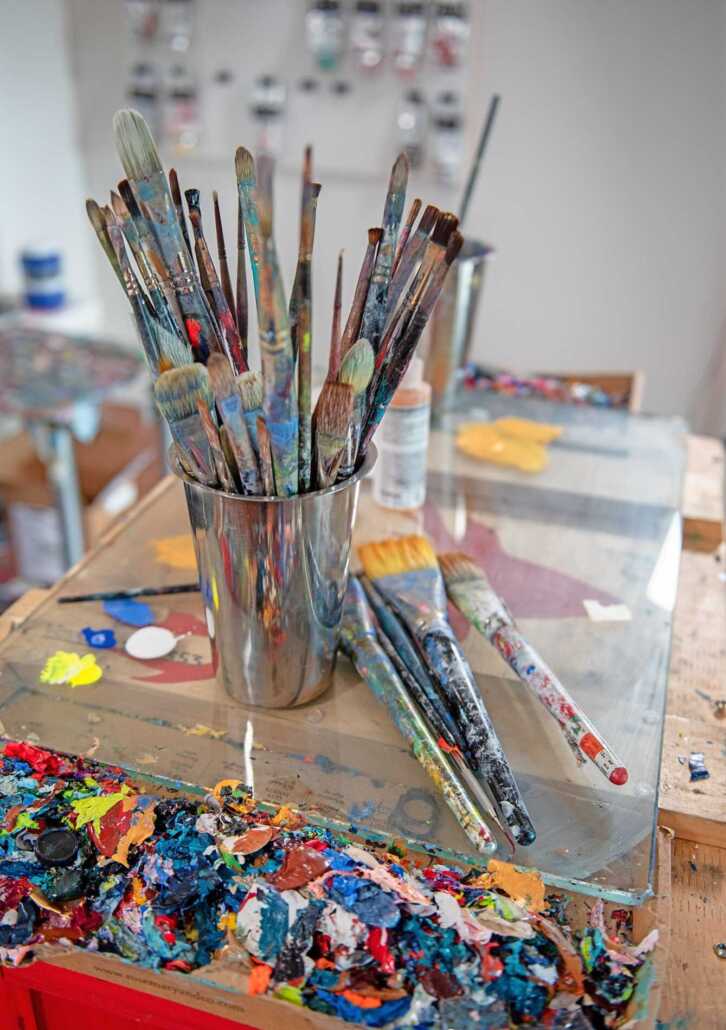
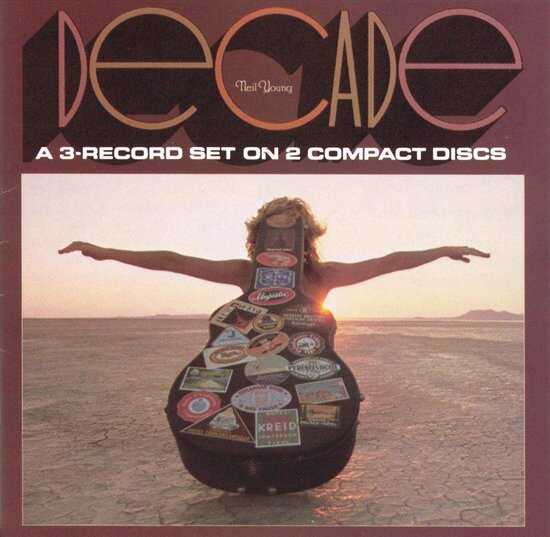
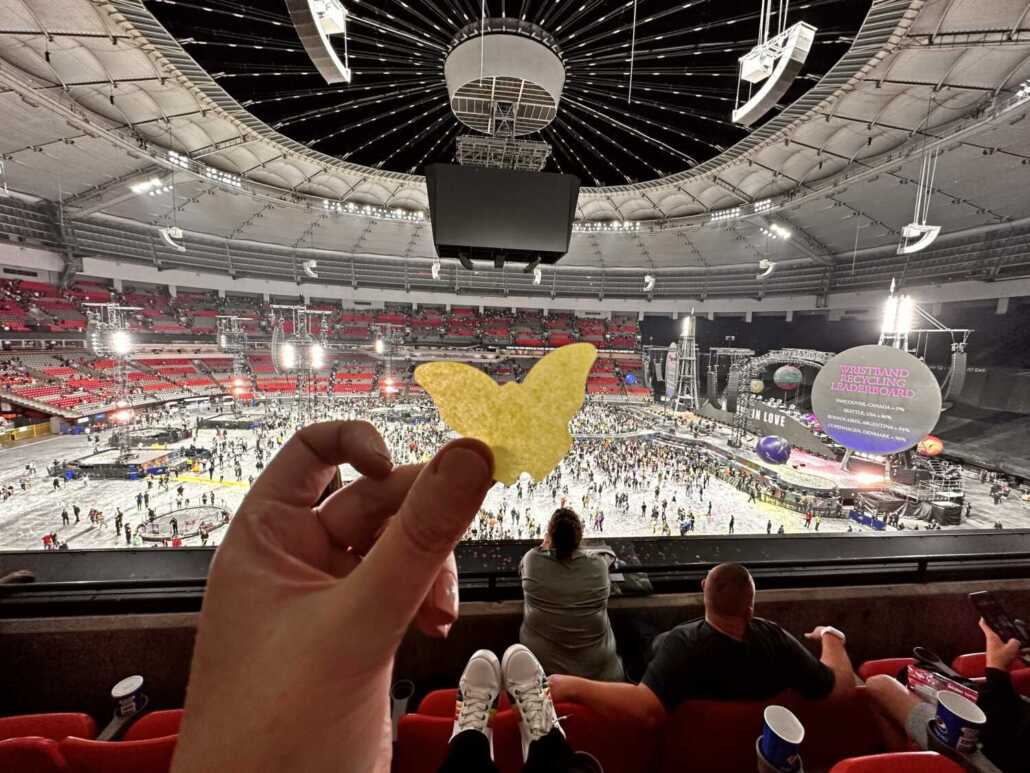

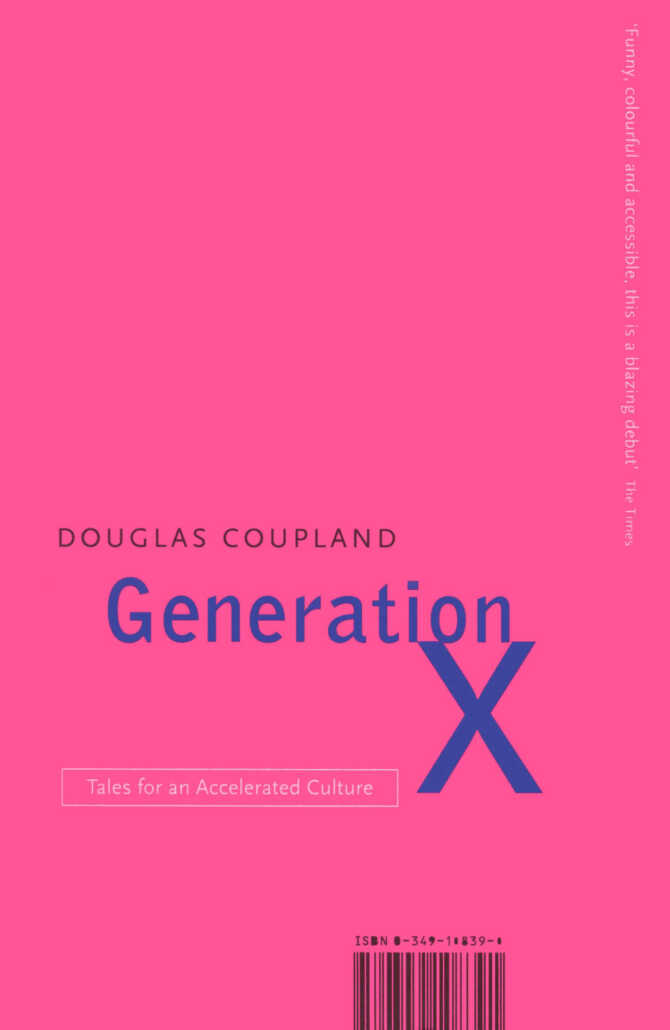
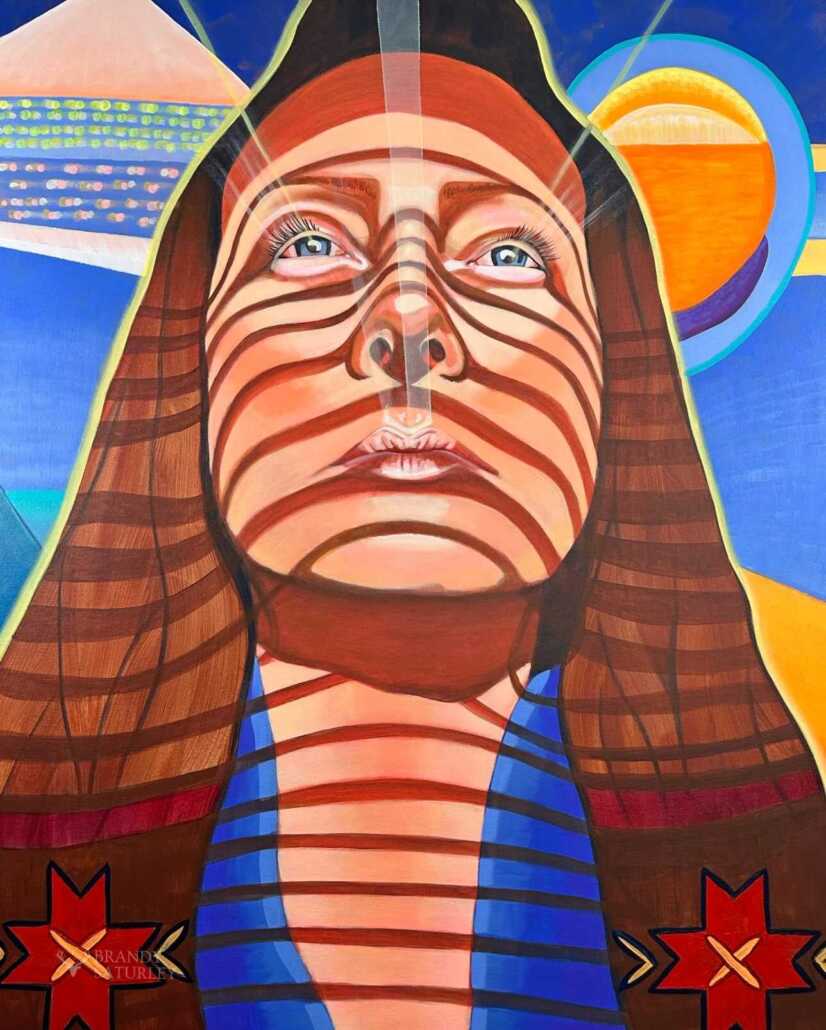
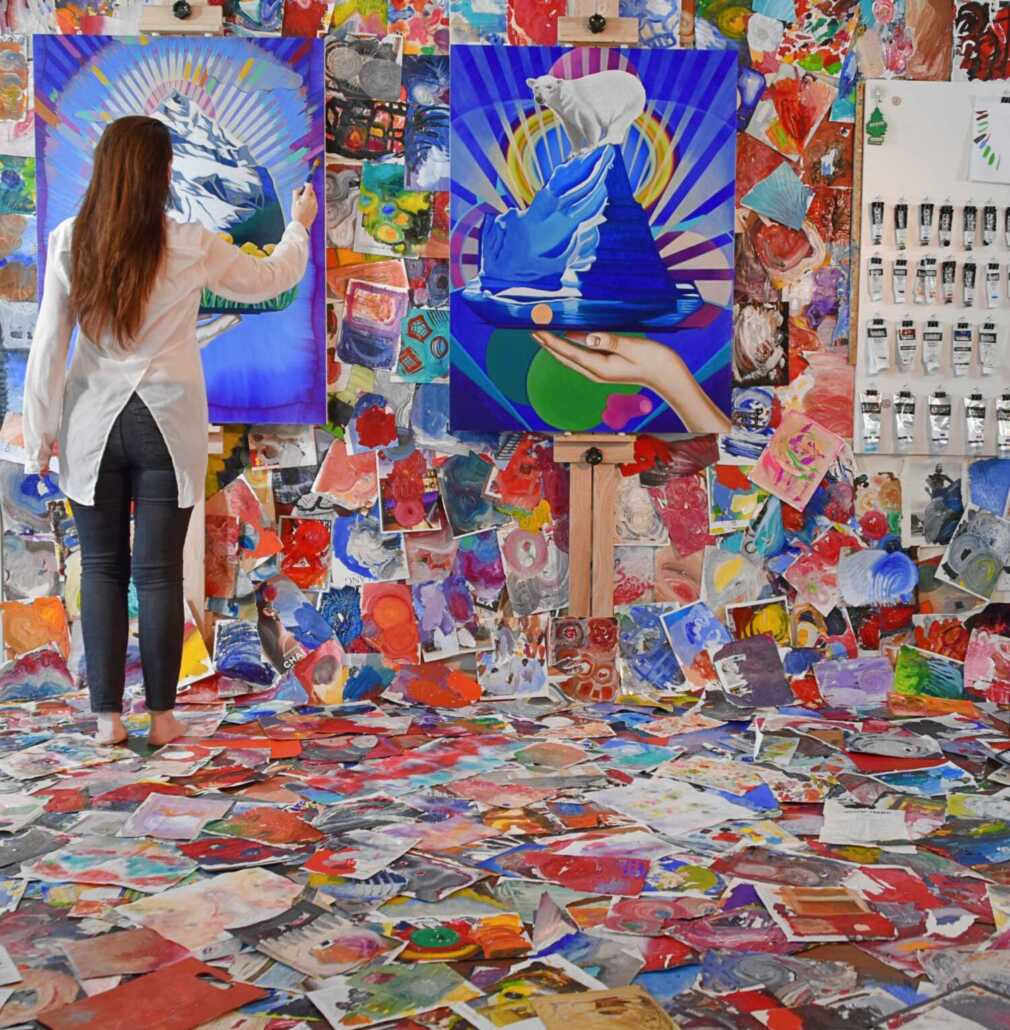
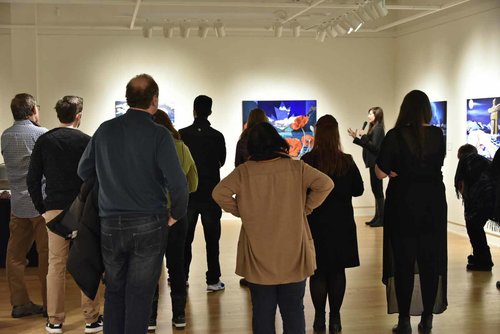
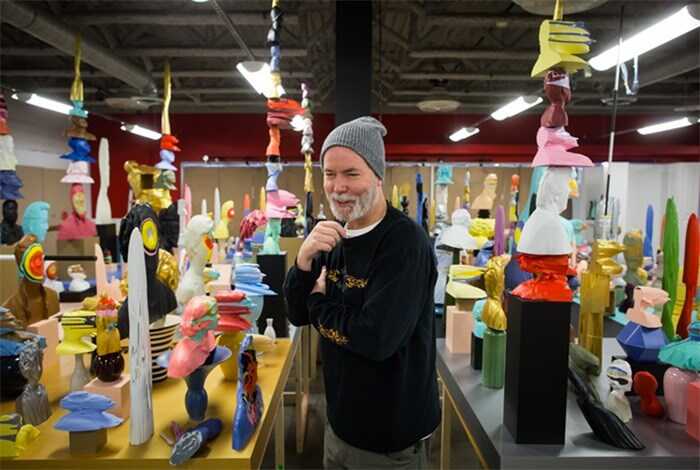
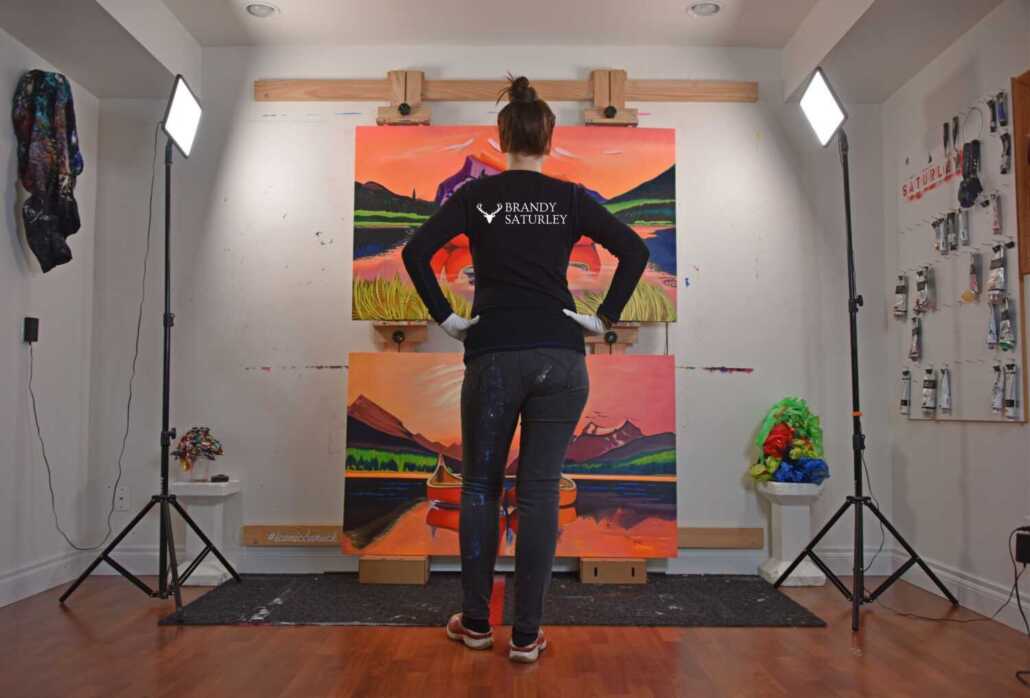
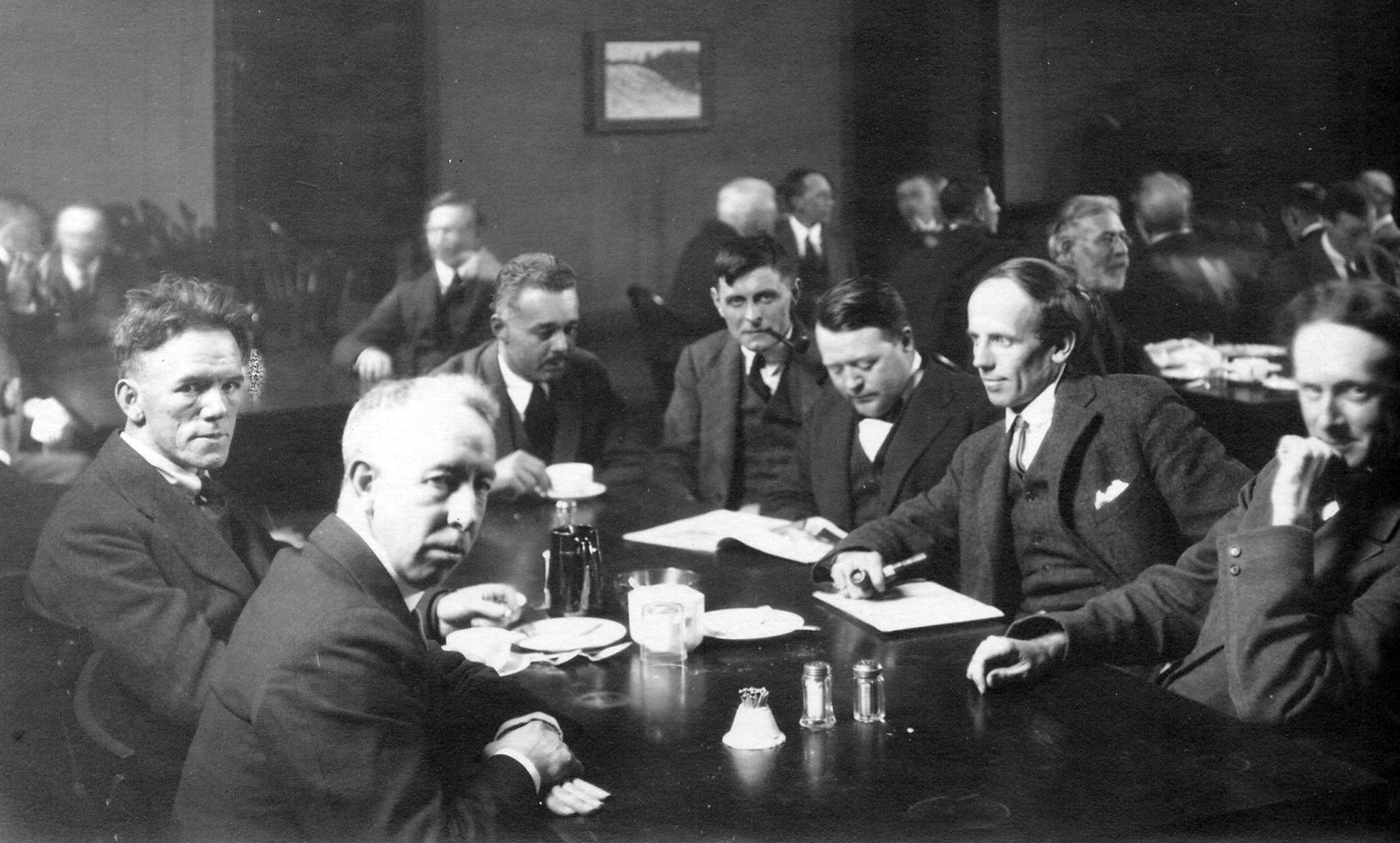
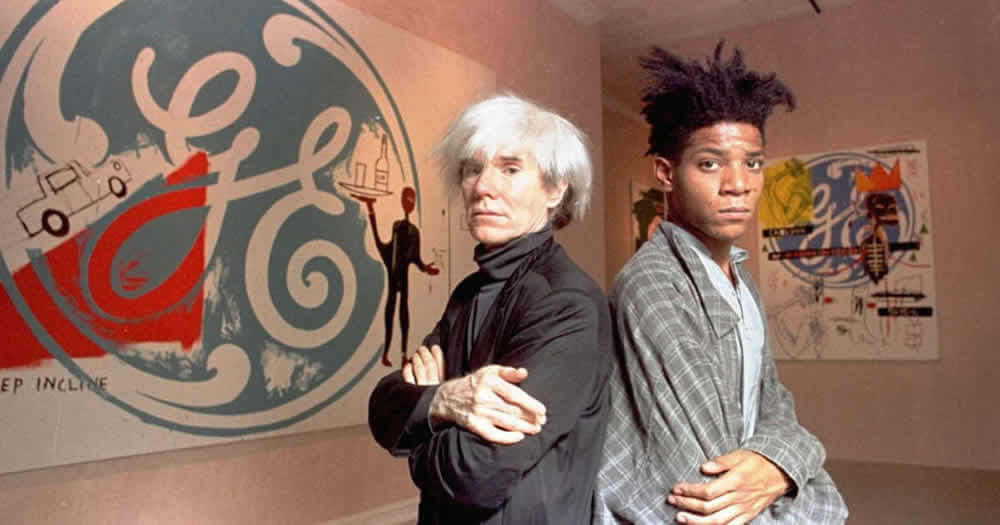
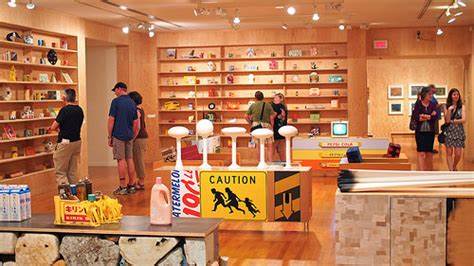 Fast forward to artists in Canada in the 20th century, and one in particular, Douglas Coupland. For his major solo exhibition at the Vancouver Art Gallery in 2014, ‘everywhere is anywhere is anything is everything’. Often incorporating everyday materials and objects such as plastic lids, children’s toys, pencils and books, Coupland’s work and installations require a collaborative effort with everyday people, asking them to participate through collecting and sending him items to include in his pop culture creations.
Fast forward to artists in Canada in the 20th century, and one in particular, Douglas Coupland. For his major solo exhibition at the Vancouver Art Gallery in 2014, ‘everywhere is anywhere is anything is everything’. Often incorporating everyday materials and objects such as plastic lids, children’s toys, pencils and books, Coupland’s work and installations require a collaborative effort with everyday people, asking them to participate through collecting and sending him items to include in his pop culture creations. In the footsteps of past artist collaborations and famous artist collaborators I came to create two collaborations in art. The first began in 2014, shortly after I visited the
In the footsteps of past artist collaborations and famous artist collaborators I came to create two collaborations in art. The first began in 2014, shortly after I visited the 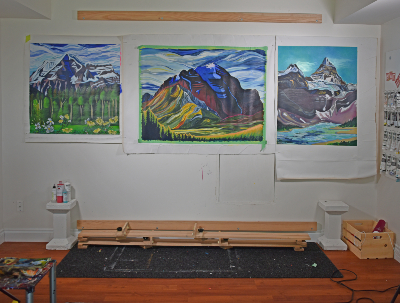 Canadian painter, based in Calgary, Alberta. The idea: paint mountain peaks on the provincial border of Alberta and British Columbia (the border that divides us as artists) Painting mountains on the continental divide, the painting begins in one artists’ studio in Calgary, and the painting is completed in the other artists’ studio in Victoria. Inspired by famous collaborations of art history past, such as
Canadian painter, based in Calgary, Alberta. The idea: paint mountain peaks on the provincial border of Alberta and British Columbia (the border that divides us as artists) Painting mountains on the continental divide, the painting begins in one artists’ studio in Calgary, and the painting is completed in the other artists’ studio in Victoria. Inspired by famous collaborations of art history past, such as